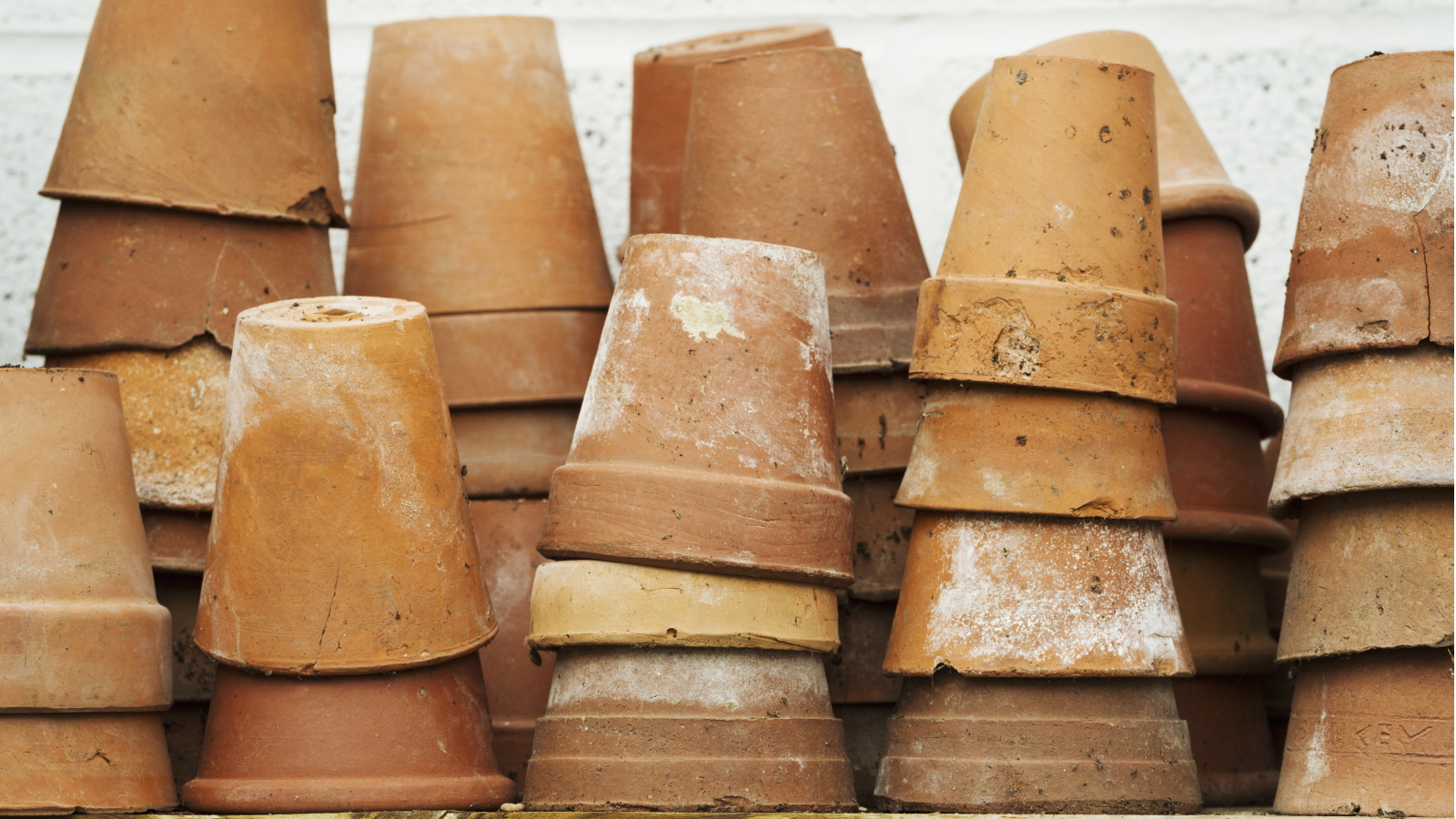
As the days get shorter and we start to embrace the fall weather, it can be easy to forget about the smaller tasks that need doing in the backyard. Giving your flower pots some TLC, for example, is an essential task for the late-summer garden and contributes to putting your yard to bed for fall and winter.
It goes beyond just cleaning your flower pots, too. Depending on what you want to achieve in your yard in fall, you may also choose to repurpose them straight away with the best fall flowers for pots. No matter when you plan to use your pots next, it's important to give them some attention at the end of summer to keep them in pristine condition.
Here, I have compiled a list of some essential things to do with flower pots at the end of summer so you can add them to your early-fall gardening checklist.
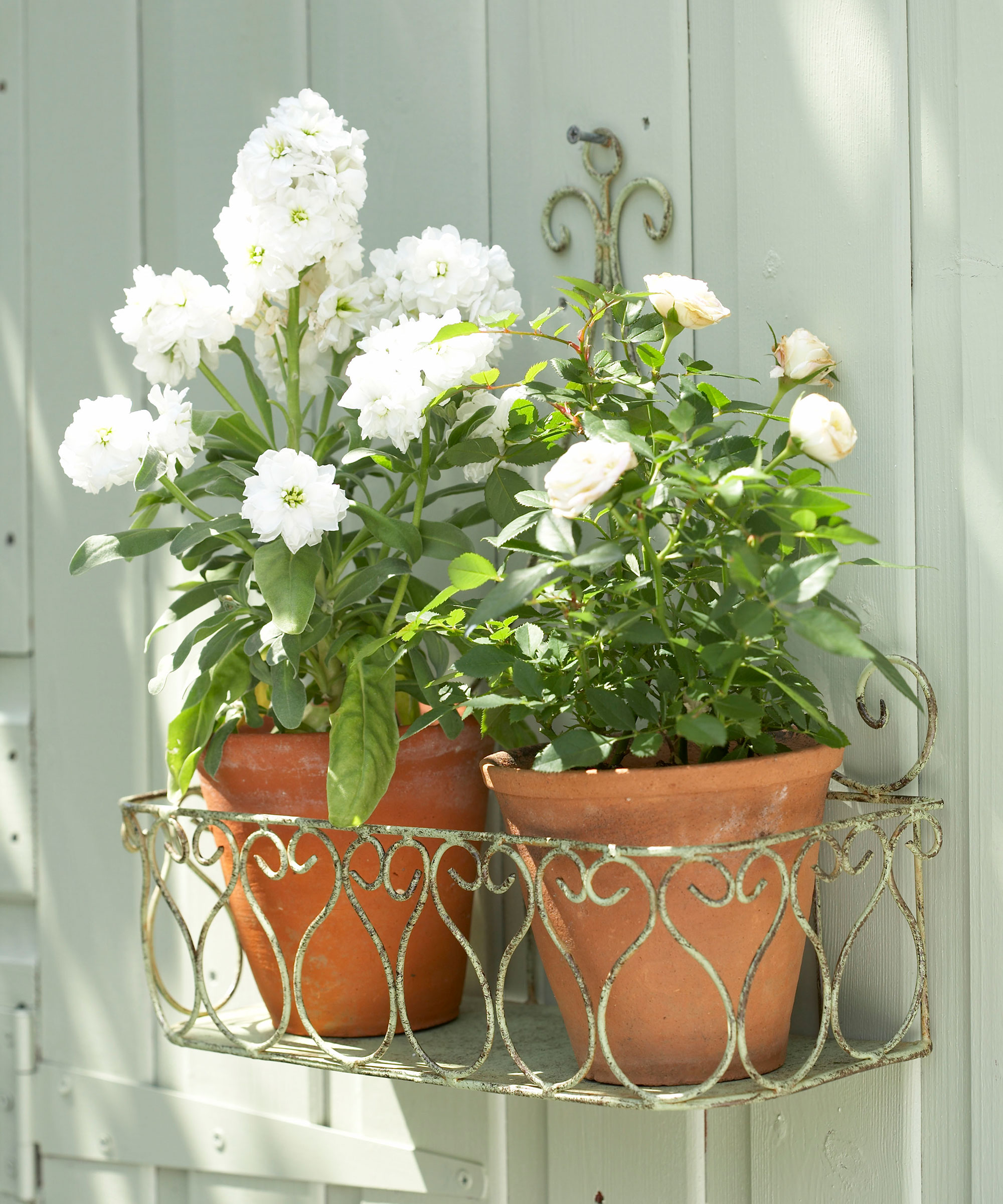
What to do with flower pots after summer
You might have already taken the time to organize a potting shed so that your pots and tools are stored neatly, but it's important to keep the pots themselves in good condition, too. This includes not only storing them in the right place, but also giving them some attention after use in summer. Here are five things you should do with flower pots after summer.
1. Remove old soil
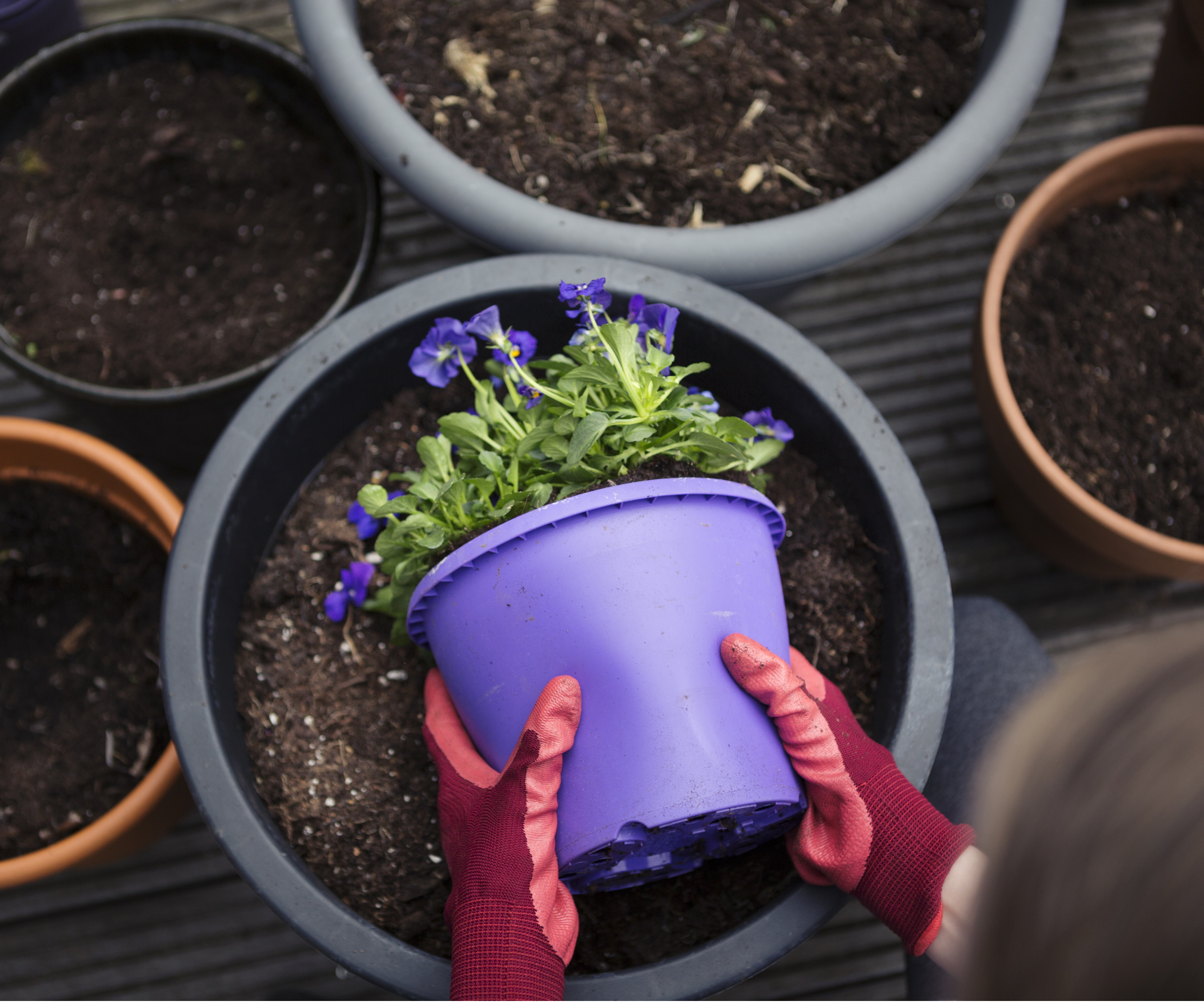
If you've used your flower pots to grow annual flowers that bloom in summer, you'll be wanting to pull them up and empty your pots. Not only is it important to remove dead planter matter, but you should also remove any potting soil.
'I’ve been lazy plenty of times and just pulled the dead plants out of my flower pots at the end of the season, not wanting to deal with the soil left behind. I do tend to think this is a bad idea, as the remaining soil will hold onto the winter moisture and can freeze and expand, leading to cracked pots,' says Meredith Bishop, sustainable flower grower and owner of Bloom and Bounty.
'Terracotta and glazed ceramic seem to be especially vulnerable to this, so I now make it a habit to pull the plants and the spent soil out of the my pots at the end of the growing season,' she adds.
There are plenty of uses for the used soil. For example, it make a great addition to compost. 'It will have no nutritional value left, so it shouldn’t be used for new plantings unless mixed in with new potting soil,' Meredith explains.
2. Clean flower pots thoroughly
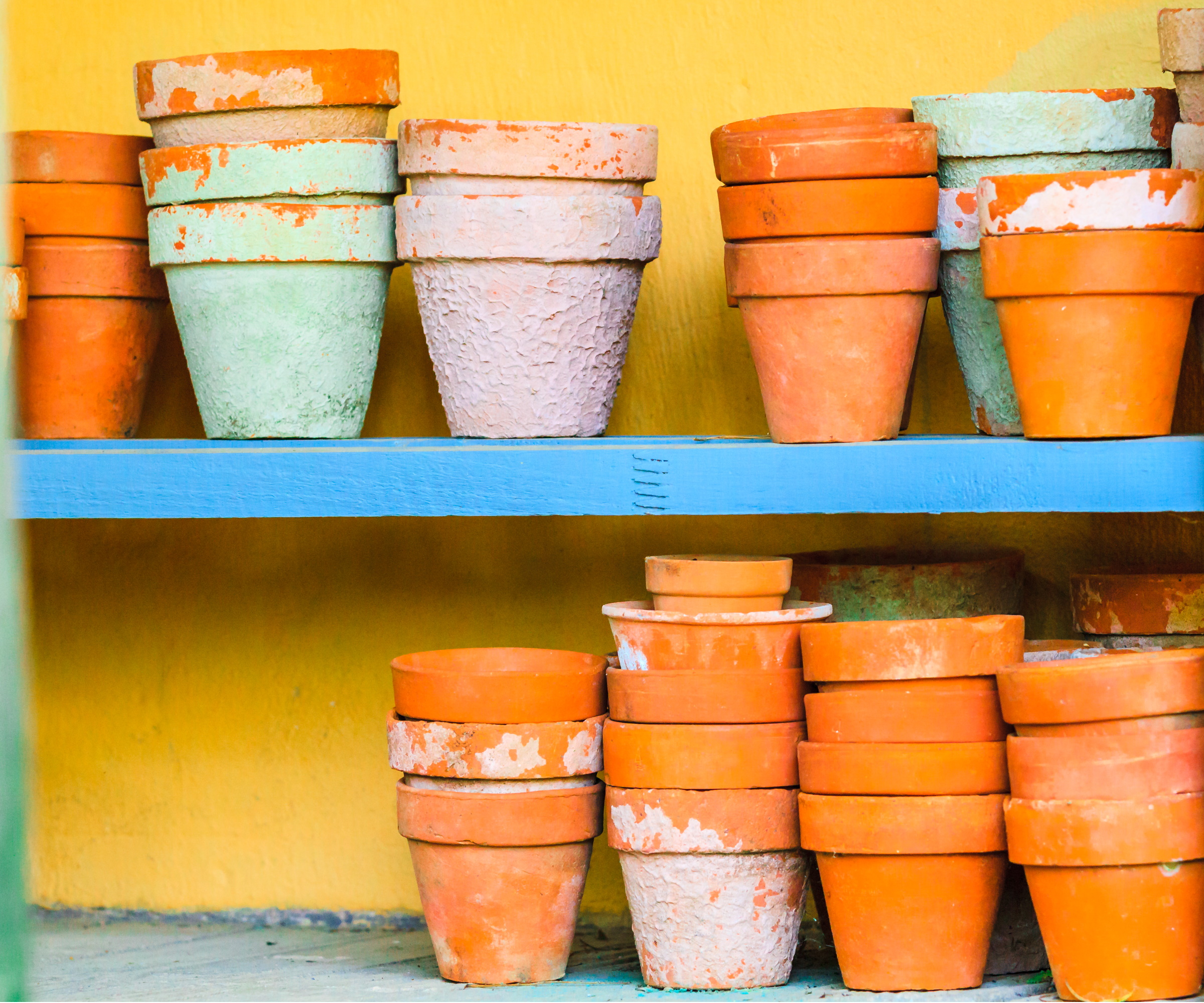
Once your flower pots have been emptied, it's important to give them a good clean. There are many reasons why you should clean garden pots. It not only keeps them in good condition, but it also protects the health of future plants you grow in them.
'If the plant material was diseased in anyway you’ll likely want to sterilize the pot with a vinegar or bleach-water wash before replanting in spring,' advises Meredith. 'Otherwise, a gentle rinsing at the end of the season should do,' she adds.
You can clean terracotta pots with water and detergent, vinegar or even bleach. You might find using this soft utility brush from Amazon makes the job easier. It's best to then let your pots air dry.
3. Store flower pots properly for winter
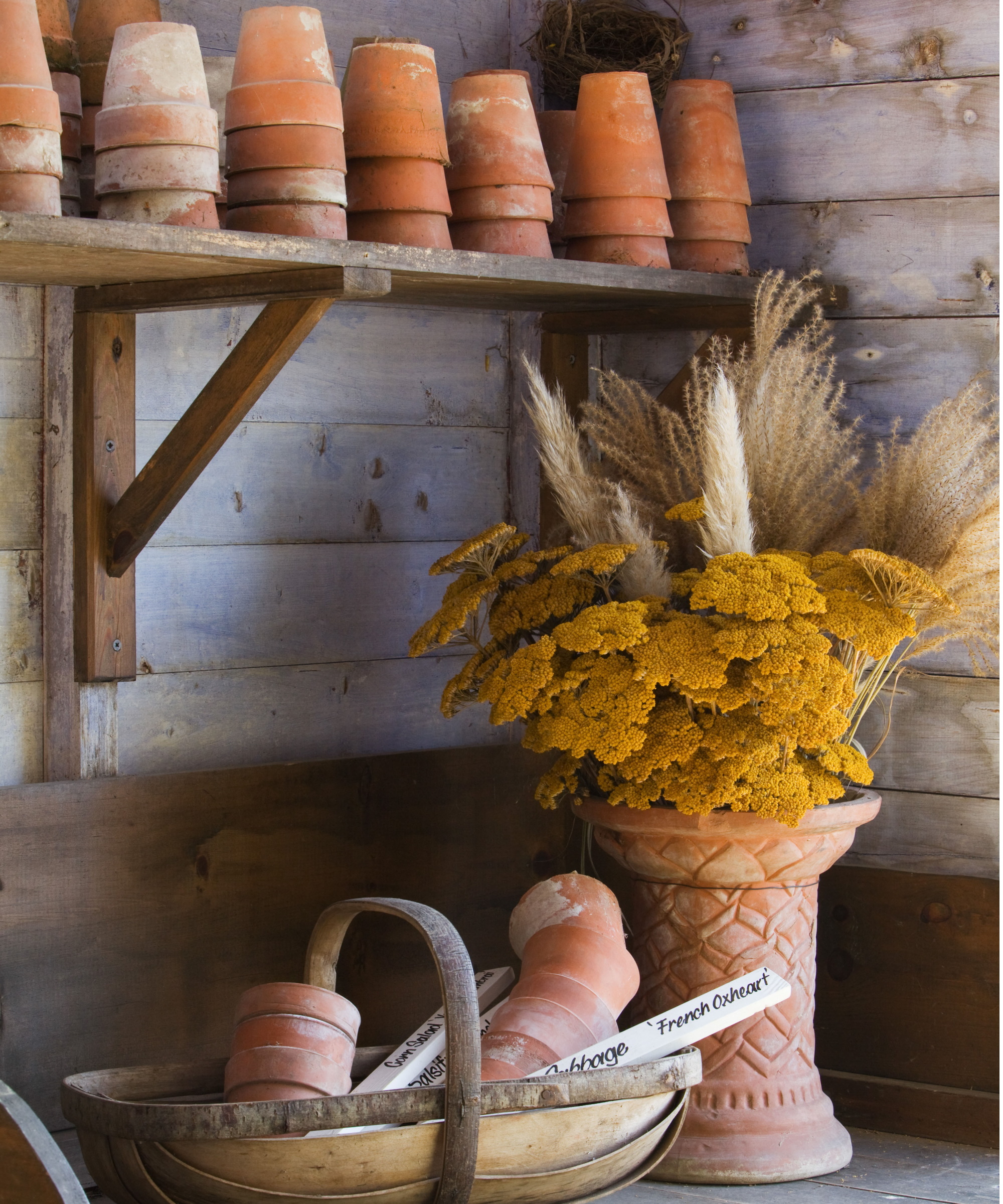
With your pots emptied and clean, you need to then put them away for winter. Getting the location right is important for keeping them safe through harsher and colder months. An organized shed, for example, is the perfect place.
'I like to use frost-proof containers (available at Amazon) for all our outdoor plantings as they do not need to be brought indoors to overwinter. Plus, this gives you an opportunity to use those containers for winter displays,' says garden designer Laura Janney. 'If your container is not frost-proof, make sure it is at least lightweight so you can easily move it indoors or into a covered area so it is out of the elements.
'Terracotta planters are notorious for cracking in the cold so make sure those are stored in a dry spot where temperatures stay above freezing,' she adds.
4. Bring flower pots inside
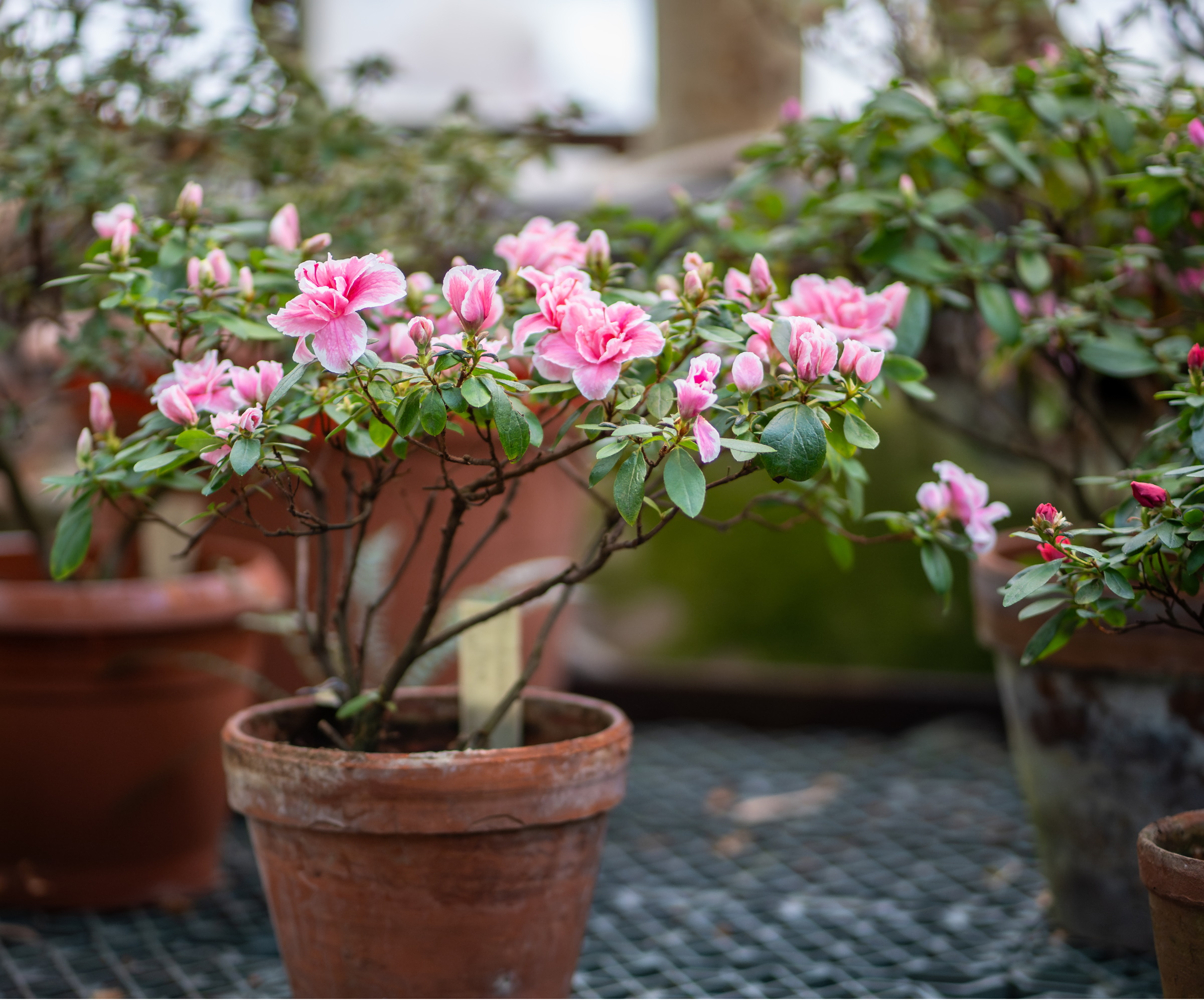
This is a good storage solution if you don't have any appropriate backyard storage for your pots.
'If you use anything not frost resistant or containers that are breakable, I recommend bringing them to a sheltered spot so they don’t get damaged. We have seen winds knock over some beautiful heavy pots,' says Laura.
It's also a wise thing to do if you have flowers that are blooming into fall and aren't ready to be deadheaded or pulled up yet. Try putting them in a conservatory, out of harsh weather, where you can still enjoy them for some time longer.
'There are plenty of plants that would enjoy a south-facing window for some fresh sunshine during the most dormant days of the year,' notes Meredith.
5. Spruce up containers for fall and winter
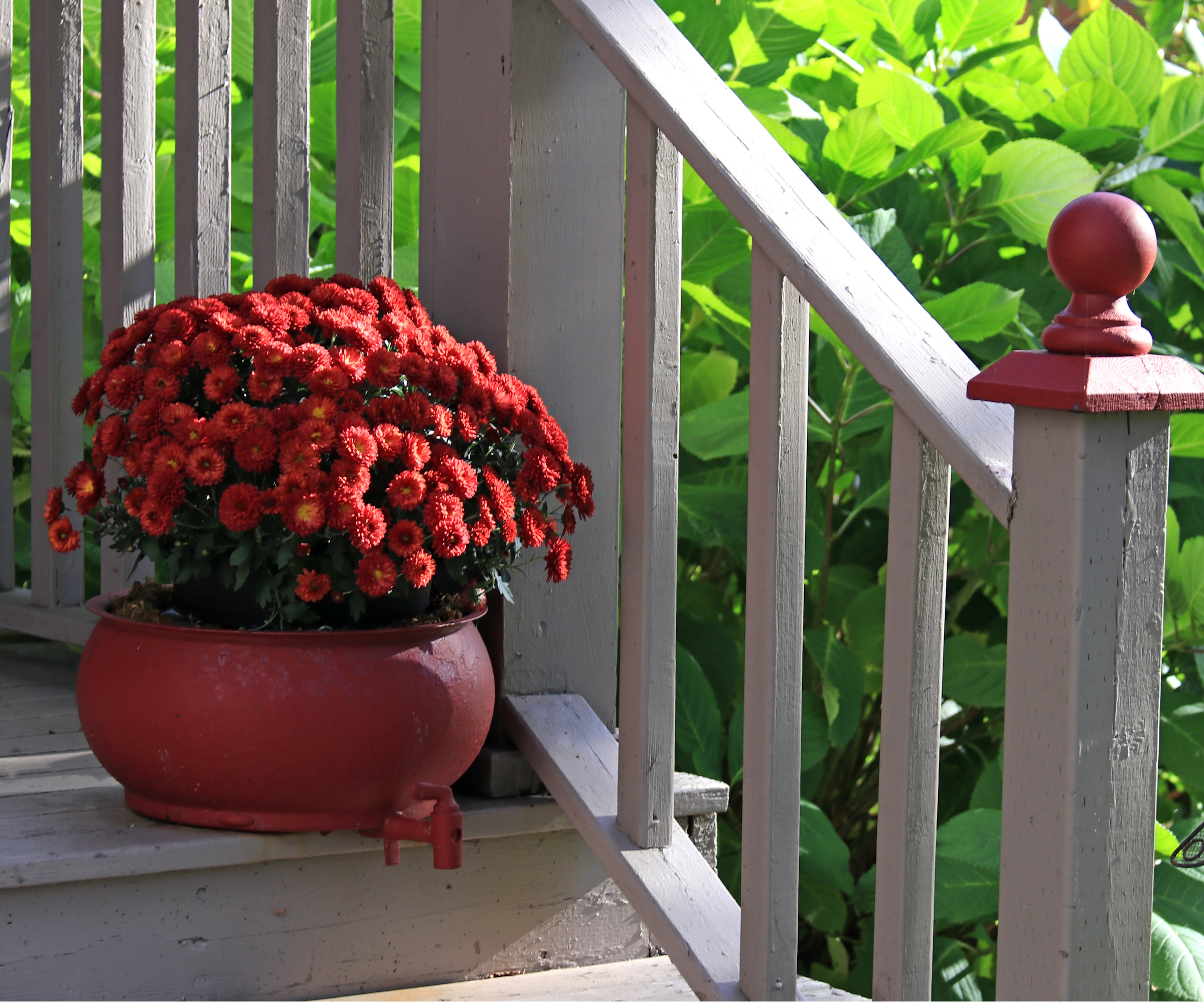
Of course, you don't have to put your flower pots away for fall and winter if you wish to use them through the colder seasons. Just as you can spruce up spring containers for summer, you can change out summer plants for fall and winter ones.
'For fall, switch out warm-tolerant plants to cool-tolerant plants. I like to start from all over to give our pots a true fall refresh; however if you feel like a flower is still going strong feel free to keep it,' says Laura.
There are plenty of fall planter ideas to choose from, but some of the most popular fall flowers for pots include chrysanthemums, dahlias and petunias.
One thing to keep in mind is whether your pots are frost-proof and will be able to withstand dropping temperatures without cracking.
FAQs
Should I wrap my flower pots for winter?
You might choose to wrap your flower pots in preparation for frost. This can protect the container itself and keep the roots of your plant warm. Popular materials include burlap, bubble wrap or old blankets and sheets.
Should I cover my flower pots for winter?
Depending on the how frost-hardy your potted plants are, you might choose to cover them with a plant cover, cloche or even move your pots into a greenhouse or cold frame. This is especially important for tender plants.
'Just because it’s cooler make sure to keep the containers well-watered. Cool-tolerant plants will dry out quickly on a sunny fall day,' says Laura. As well as keeping on top of optimal care for your potted plants in winter, make sure to overwinter plants indoors that won't cope well with frosts and dropping temperatures.







